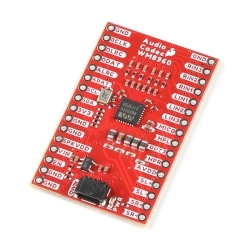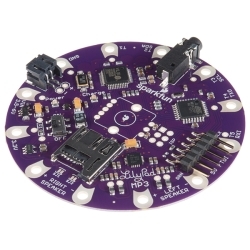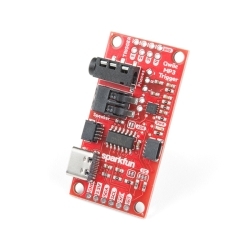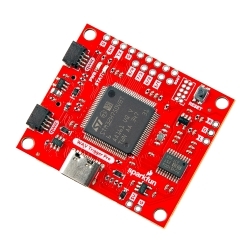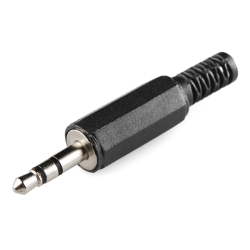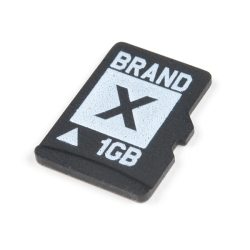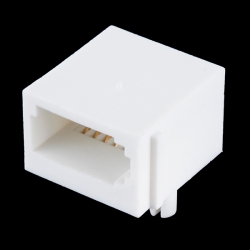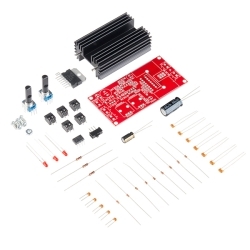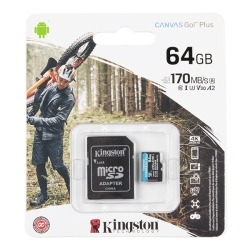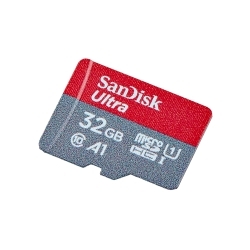SparkFun MP3 Player Shield
Helpful Documentation
Product Overview
The SparkFun MP3 Player Shield is an awesome MP3 decoder with the capabilities of storing music files onto a run-of-the-mill microSD card, thus giving you the ability toadd music or sound effects to any project. With this board you can pull MP3 files from an microSD card and play them using only one shield, effectively turning any Arduino into a fully functional stand-alone MP3 player! The MP3 Shield utilizes the VS1053B MP3 audio decoder IC to decode audio files. The VS1053 is also capable of decoding Ogg Vorbis/MP3/AAC/WMA/MIDI audio and encoding IMA ADPCM and user-loadable Ogg Vorbis.
The VS1053 receives its input bitstream through a serial input bus (SPI). After the stream has been decoded by the IC, the audio is sent out to both a 3.5mm stereo headphone jack, as well as a 2-pin 0.1" pitch header.
This shield comes populated with all components as shown in the images and schematic; but it does not come with headers installed. We recommend the Arduino R3 Stackable Header Kit.
Features:
- 3.5mm audio out jack
- 0.1" spaced header for speaker out
- microSD card slot
Documents:
- [Schematic](https://cdn.sparkfun.com/datasheets/Dev/Arduino/Shields/MP3 Shield_v15.pdf)
- [Eagle Files](https://cdn.sparkfun.com/datasheets/Dev/Arduino/Shields/MP3 Shield_v15.zip)
- Datasheet (VS1053B)
- Hookup Guide
- GitHub (Design Files, Library, & Example Code)
-
-
-
-
-
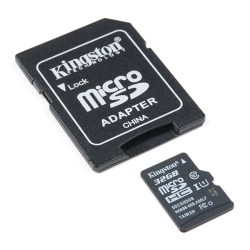 microSD Card with Adapter - 32GB (Class 10)
Special Price Current price: $14.95 Regular Price Original price: $26.95In stock
microSD Card with Adapter - 32GB (Class 10)
Special Price Current price: $14.95 Regular Price Original price: $26.95In stock -
-
-
-
-
-
-
-
-
Features & Specs
- 3.5mm audio out jack
- 0.1" spaced header for speaker out
- microSD card slot
Documentation
- Schematic
- Eagle Files
- Datasheet (VS1053B)
- Hookup Guide
- GitHub (Design Files
Customer Reviews

Stock and Customer Discounts
Available Discounts
- $34.15 | 10+ units
- $32.36 | 25+ units
- $30.56 | 100+ units

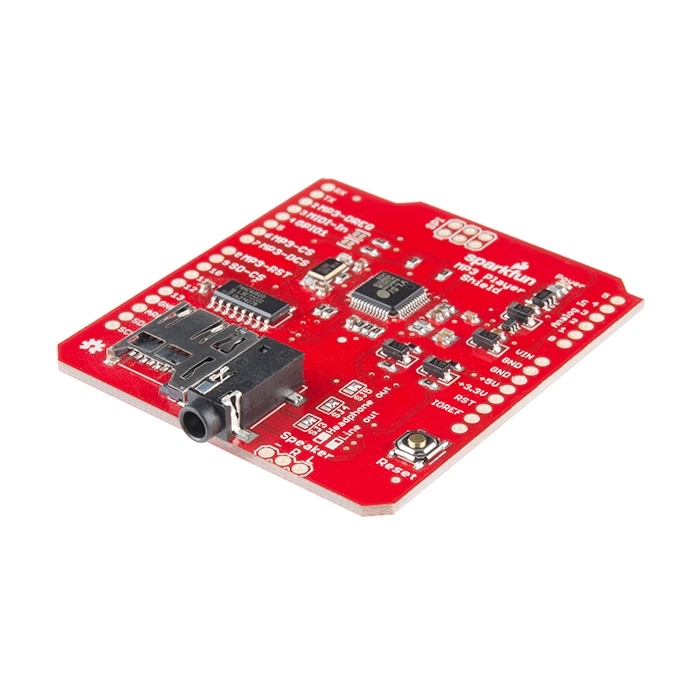
 Hookup Guide
Hookup Guide Schematic
Schematic Datasheet (VS1053B)
Datasheet (VS1053B)